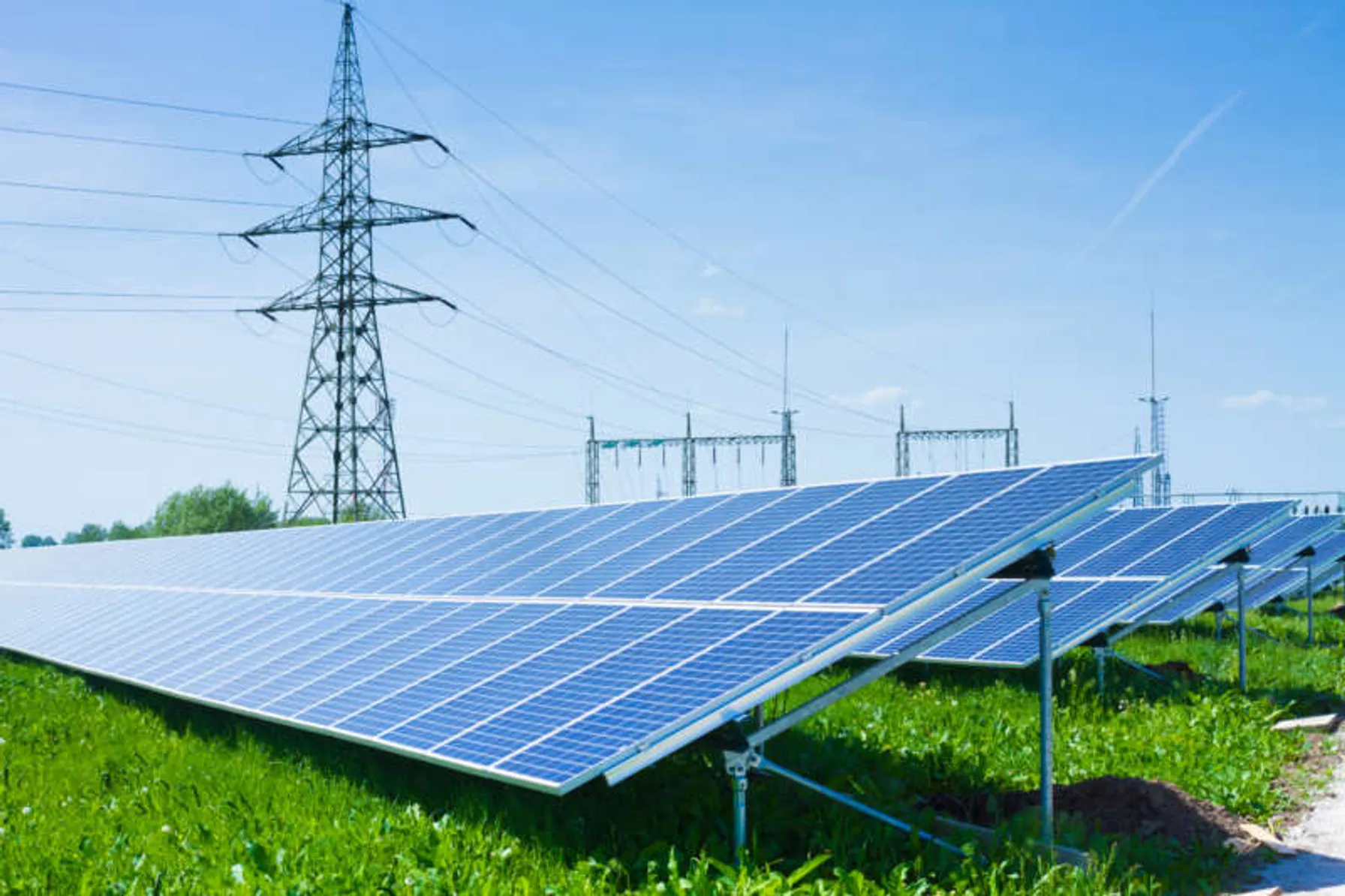Solar power is booming! Every day in the U.S., Developers are installing enough new photovoltaic generating capacity to power 17,000 homes at peak output. According to the Solar Energy Industries Association, a total of 2,051 megawatts of new PV was deployed in the second quarter of 2016 alone.
This unrelenting growth creates challenges for both project proponents and the interconnecting utilities alike. TRC experts are involved with reviewing hundreds of interconnection applications for our utility partners every year, and we’ve learned many important lessons about the most successful strategies for reducing the time and costs associated with interconnecting projects rated at 1 megawatt or greater.
Here are some important do’s and don’ts to consider for successful interconnections.
- DO your homework up front. Once you have a site selected, you should immediately proceed to an initial scoping investigation to ensure there are no electrical or land use restrictions that could derail the project. At this early stage, environmental and zoning issues including past land use conditions should also be investigated.
- DO prepare a complete application with accurate and robust data on all the major project components (inverter step-up transformer, impedance, and system equivalents). This will help the utilities model the project correctly the first time. Preparing to show that your project will help address potential voltage and (circuit and transformer) loading issues in the area can also help expedite approval.
- DON’T propose a system involving unproven technology.
- DO use quality equipment with a reputable operating track record that meets industry and local utility standards, including IEEE, ANSI, FERC, and other requirements, to allow for quicker approval.
- DON’T make changes in the solar panel technology, layout, inverter size or inverter supplier once you’ve submitted an application to the utility. You’ll risk having to go back to square one with your project planning and queue position, while adding delays that will ultimately increase costs to the project.
- DO get involved early in the engineering design of required collector systems, substations, or substation upgrades to reduce costs and cut out significant time as the project progresses.
It is critical that Developers (or their representatives) understand a utility’s preferred method for managing the interconnection application process and are aware of the key contacts from the outset.
Some, but not all, utilities make preferred interconnection location information available on their websites; however, this data is usually limited to interconnection requests 20 MW or larger on transmission systems locations at 115 kV or higher.

Initial Costs
For initial costs, Developers should expect to submit an interconnection request fee and deposit that can range from $10,000 to several hundred thousand dollars, depending on the size of the project.
Most utilities also make their interconnection requirements available on their websites. Utilities that provide service in multiple States may have specific requirements for each State. Getting access to other data may require a phone call to a member of a utility “interconnections group” or it may require the submission of a more formal written request for information.
Once the interconnection application is complete, the Developer’s work has just begun. The interconnection process normally include a series of impact studies be completed that will require Developer support. Diligent planning and preparation prior to the start will help to limit the Developer’s effort during these impact studies; however, timely response to any and all utility requests during the studies will be key to keeping the project on schedule during this effort.
Preparation
Depending on the size and location of the interconnection, impact studies may include a high level Feasibility Study, followed by a more detailed System Impact Study. Both these studies will provide insight on required Network Upgrades to be constructed with the project. Each study should allow Developers to more accurately estimate total construction costs of the requested project.
Prior to the start of construction, for all interconnection requests regardless of the size, a Facilities Study is typically required in order to verify all the utility facilities and operational procedures that may be affected by the operation of the project.
Please note, that Interconnection agreements at distribution voltages may require another layer of state regulatory oversight. This extra layer may create new hurdles that will need to be overcome prior to commercial operation of the requested interconnection. However, the interconnecting utility’s “distribution interconnection group” should be available to help Developers through the appropriate regulatory steps.
Ultimately, preparation is key. Taking the right steps at the outset of a project makes all the difference when it comes to staying on schedule and on budget.
A successful project depends on whether a developer has received the right advice and done their homework. Work with a trusted partner like TRC, make sure you investigate and resolve any land and permitting issues, complete the necessary preliminary engineering-work with the interconnecting utility early-on, and know the steps and details required to accurately complete the Generator Interconnection Agreement.



